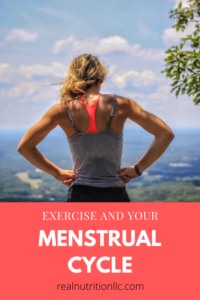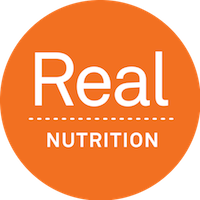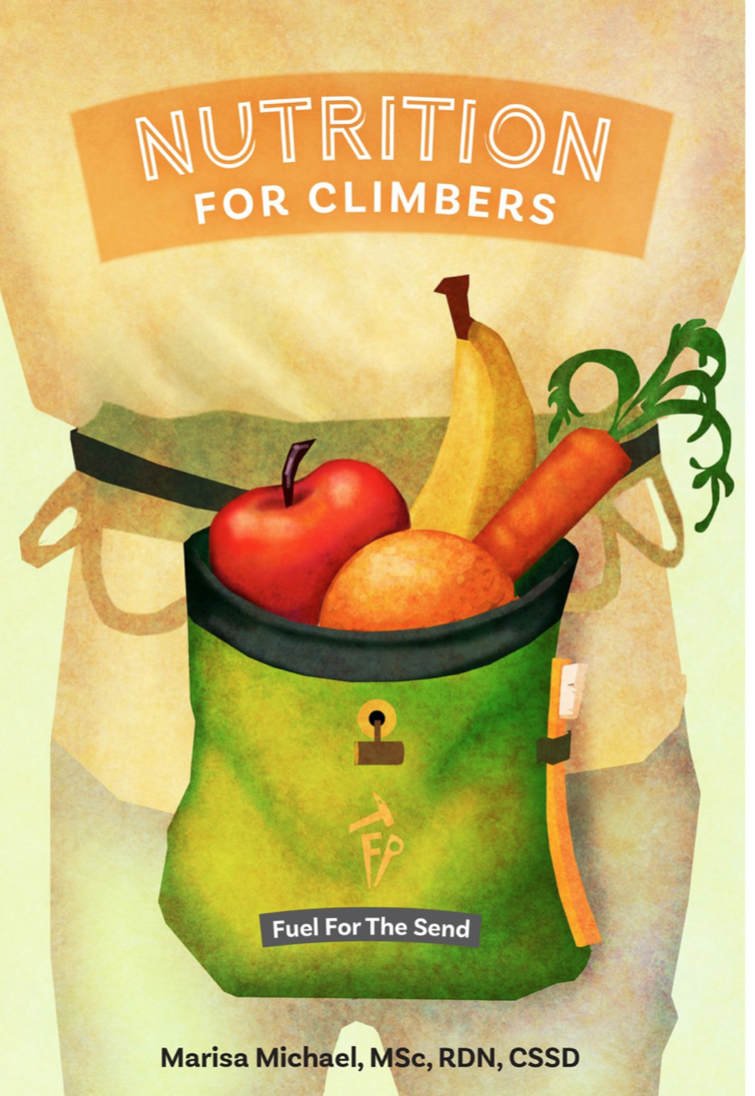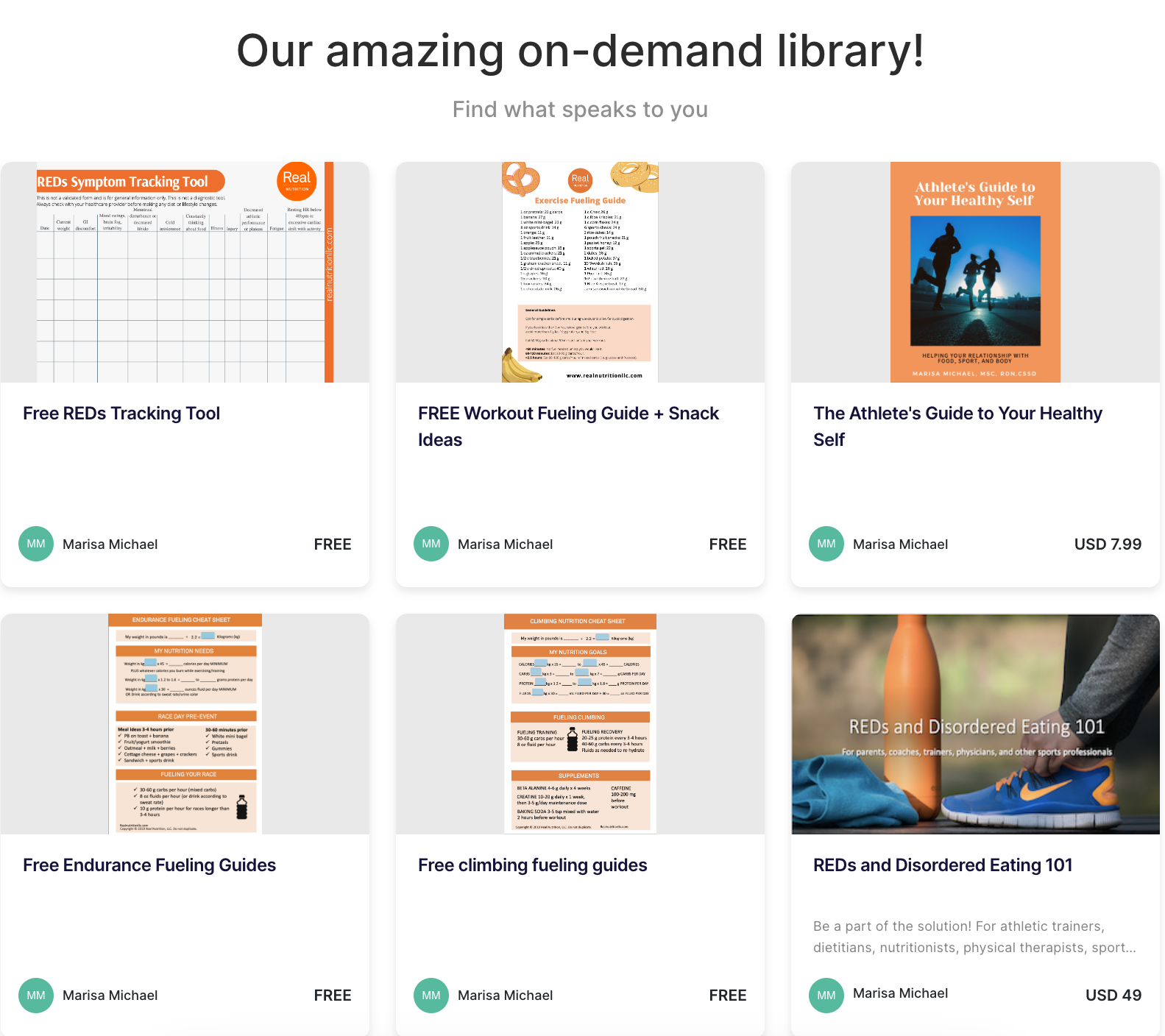

Pin this!
Exercise and your menstrual cycle
You may have heard about how you can match your training to your menstrual cycle. Is this right? How do you do it? Find out more about what the phases are, what each one means for your training, and how to manage nutrition. We’ll debunk some myths along the way.
What are the phases of the menstrual cycle?
Before understanding if and how to match exercise training to your cycle, you first need to understand what the phases of your cycle are. The first phase is called the follicular phase. It starts on day 1 of your period and lasts until around day 13-15, depending on your particular cycle length. The second phase is called the luteal phase. It lasts from day 16-ish until day 28 or whenever your cycle is done and your period starts again.
The follicular phase
- Days 1-15
- Low estrogen
- Low progesterone
- Strength training may feel easier
Late follicular phase
- Days 10-15
- High estrogen
- Low progesterone
- Ovulation occurs in or near this phase
Luteal phase
- Days 16-28
- High estrogen
- High progesterone
- Reaction time, thermoregulation, blood sugar, and exercise capacity may be decreased.
What does estrogen do for exercise performance?
- It may have anabolic effects (this is good, this means it can assist in muscle-building)
- It may help metabolism by increasing glycogen uptake and sparing glycogen stores
- It may have antioxidant properties to help manage effects of inflammation and muscle soreness
- It may help you with more intense exercise
What does progesterone do for exercise performance?
- It may work against estrogen
Should I plan different exercises around my menstrual cycle?
It depends. There is actually not a lot of scientific evidence to show that menstrual cycles impact exercise performance or adaptations. In fact, an excellent meta analysis on exercise and menstrual cycles shows that out of 78 studies looking at this topic, they can only say that the effect seems trivial. “The results indicate that on average, exercise performance might be trivially reduced during the early follicular phase of the menstrual cycle compared with all other menstrual cycle phases.”
Another study looked at menstrual cycle research and how it impacts fatigue. This also showed inconclusive and trivial effects.
There is a lot of research, and a lot of it shows mixed results. This is due to a number of factors, including the way researchers assessed which phase the women were in at the time of the study, and how they assessed exercise performance. Overall, there is nothing in the research that says you need to alter your training a specific way to match up with your training cycle.
The popular researcher Dr. Stacy Sims has a lot of good resources on how to train for your cycle. A personal opinion: A lot of her claims are strongly worded and not backed by robust science. Although she has some good advice, I have noted that she sometimes extrapolates too much or states things as fact when they are really still being explored.
Match your training to your symptoms
You’re probably thinking, “But I feel like crap sometimes during my cycle!” That’s ok. Instead of matching training (endurance, strength, or power) to a certain menstrual cycle phase, match training to how you’re feeling. Tuning into body cues can be helpful. If you feel bloated, fatigued, or have cramping, why push yourself to do a tough workout? Take a rest or do something lighter, like yoga or walking. Be sure to exercise intuitively instead of blindly following a training plan when you feel like garbage.
Nutrition tips for your menstrual symptoms
Your body sometimes needs additional calories right before your period starts. The PMS cravings are real and valid, and it’s ok to eat what you feel like. Chocolate and carbs shouldn’t be forbidden.
Healthful meals with plenty of fiber, fruits, vegetables, whole grains, and quality protein and fats can help you feel energized and nourished.
Women are at more risk for iron deficiency, due to lost blood from your period. Be sure to include iron-rich foods in your diet, such as shellfish, spinach, lentils, beef, pumpkin seeds, fortified cereal, and dark chocolate. The recommendation in the United States for females (not menopausal) is 18 milligrams per day. Athletes may need even more–around 23-30 mg per day.
Females also need enough calcium, vitamin D, zinc, and B vitamins.
Staying hydrated can help alleviate symptoms, as well as help with exercise performance.
You may have heard about seed cycling. This is where you eat pumpkin, flax, sesame, and sunflower seeds at certain times during your cycle. This is based on the idea that these seeds may affect your hormone levels. Unfortunately, this idea is not based in solid science. There are a few sparse studies that suggest there may be mild effects from flax to some extent, but the studies are not well designed, nor do they have many subjects. This article nicely outlines the current state of the science.
If you want to eat seeds through the month, go ahead! They provide useful nutrients and fiber. But don’t think that they will meaningfully affect your cycle or hormones in any way. If you think about it, that would actually be sort of alarming if they did. If you had a tablespoon of pumpkin seed and it affected a carefully balanced estrogen system in your body, that would be concerning! Estrogen is a powerful hormone that we want the correct amounts of in our body! In addition, overthinking what you eat and when you eat it, as with seed cycling, can feel triggering or lead to orthorexia or disordered eating if not managed properly.
What to do if you lose your period
If you are not pregnant, and your period loss is not due to birth control, losing your period is actually quite concerning. It means there is something wrong! Periods are a vital sign. You can lose your period if you are not eating enough, exercising too much, or under too much stress. This is a concerning condition and may indicate Relative Energy Deficiency in Sport.
If your period is gone, be sure to see your doctor and a sports dietitian right away (I am available for one-on-one consults). They can help you get your period back and make sure you are the healthiest you can be.
How to track your period
It’s a great idea to know when your period will start and end, how long your cycle is, and what phase of your cycle you are in. Apps are an easy way to track this information. There are a ton of apps out there. Some common ones are Clue, FitBit, and Garmin apps. See my review of three other common period tracking apps.
Liked this? Be sure to pin and share it!
Check out our book Nutrition for Climbers: Fuel for the Send. It has a whole section on nutrition for female athletes!
Check out our amazing nutrition resources, including on-demand courses, free downloads, and webinar replays.
- Nutrition for Climbers
- The Ultimate Guide to Useful Sports Supplements
- Ditch Diets and Become an Intuitive Eater
And be sure to follow us on Instagram!
Book an appointment with the dietitian
~This is general information only and not medical advice. Always consult with your healthcare professional before undergoing any diet or lifestyle change.


